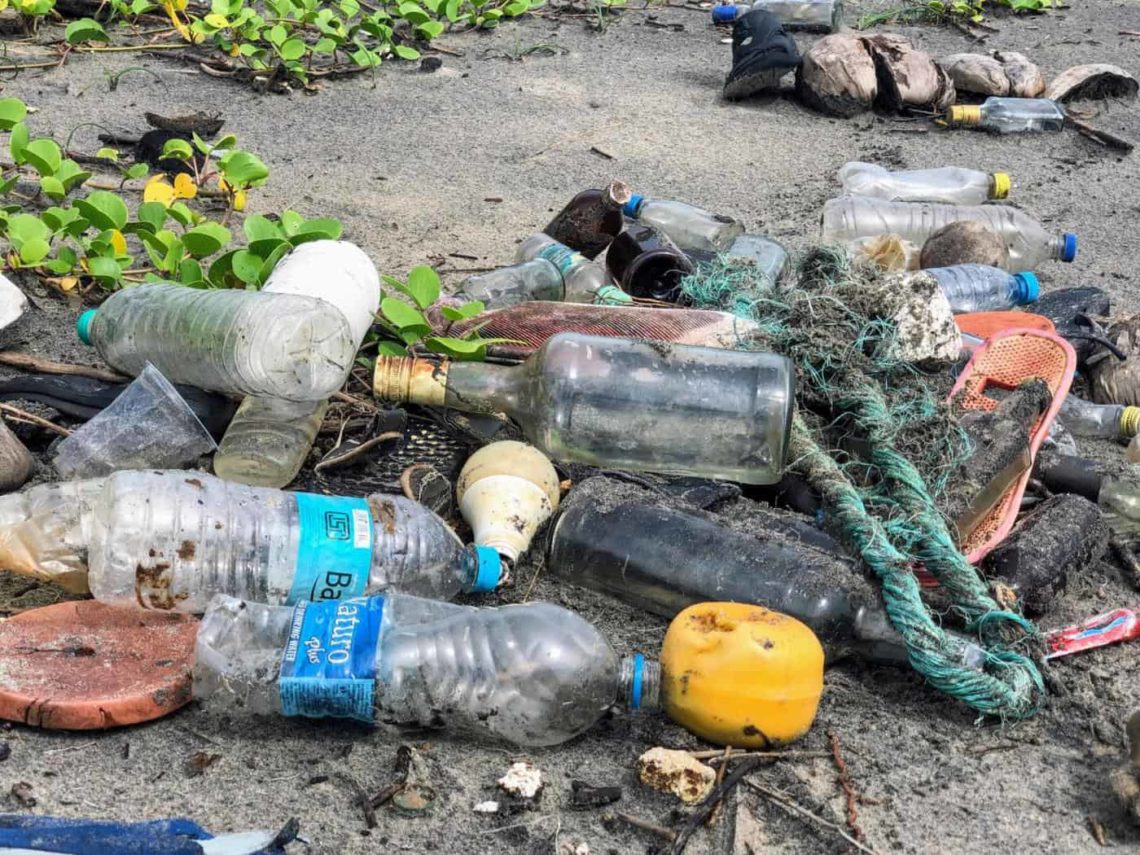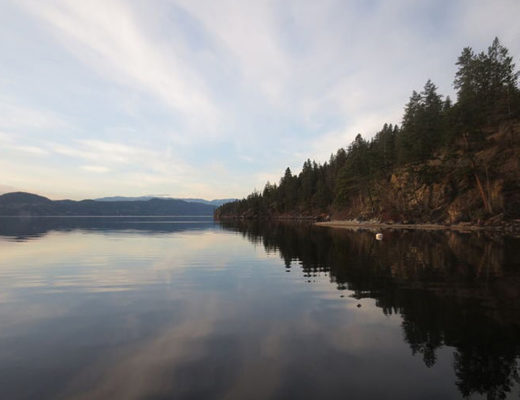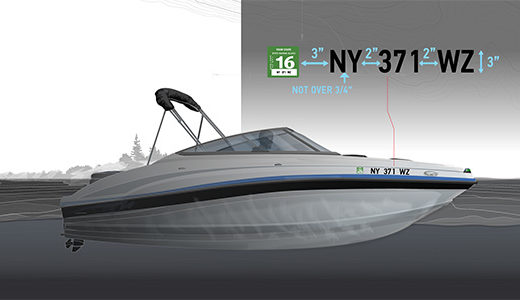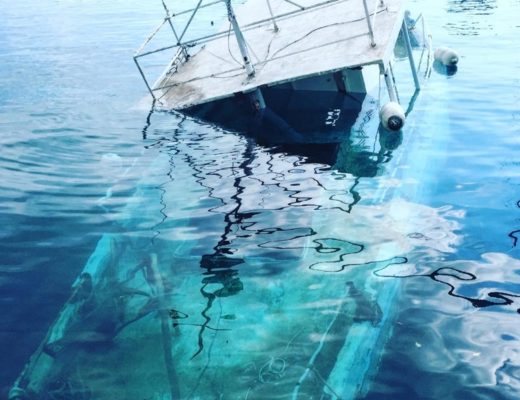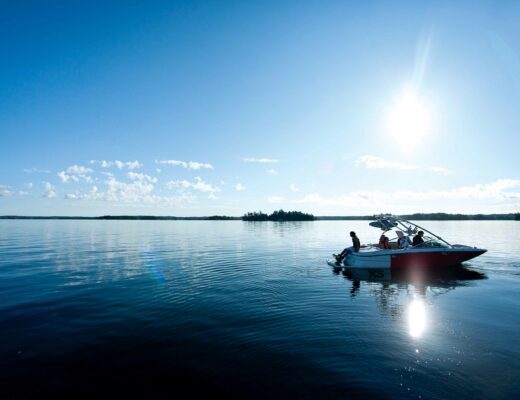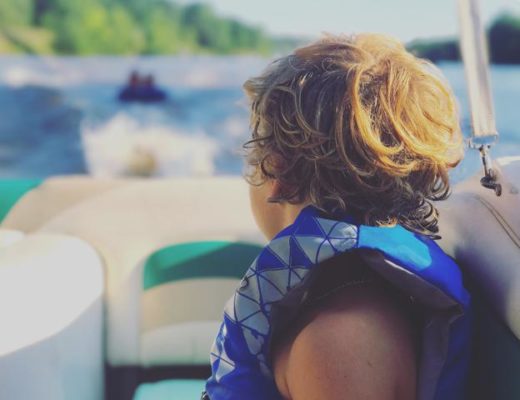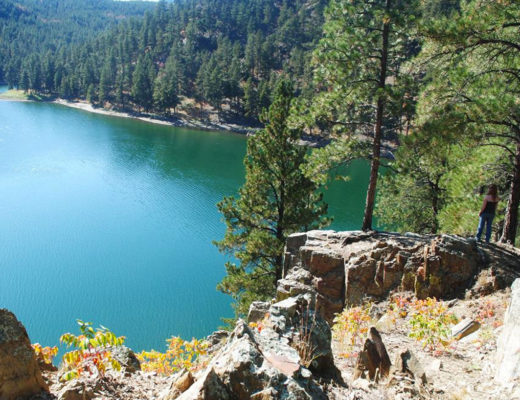Responsible boaters understand that every time they place a vessel in the water, they risk polluting the marine environment. Keep the waters clean by following both the federal and state laws that are in place to protect the environment from litter and Aquatic Nuisance Species (ANS).
Aquatic Invasive Species
The spread of Aquatic Nuisance Species (ANS) pose a risk to Idaho’s native aquatic wildlife, ecosystems and all of Idaho’s water-based recreation. Idaho’s most common ANS include Quagga Mussels, Zebra Mussels, Eurasion Watermilfoil and New Zealand Mud Snails. The zebra mussel is a small, striped shell, and the Eurasion Watermilfoil is a long, thick floating weed that sometimes has a pink flower (between June-August). Both of these Aquatic Nuisance Species attach themselves to boat hulls and to boat motors.
Unfortunately, ANS spread easily from one body of water to the next. The Idaho legislature has passed The Idaho Invasive Species Act of 2008.
Enacted ANS state laws:
It is illegal to introduce aquatic invasive species into Idaho waters.
It is illegal to buy, distribute, sell or possess ANS, unless you have a permit from the Idaho Department of Agriculture, or, you meet other unique requirements specified in the Idaho Invasive Species Act.
If you violate these laws, you’ll be guilty of a misdemeanour with a fine up to $3,000 and/or up to 12 months imprisonment.
if there is suspicion of invasive species Idaho authorities are permitted to inspect both public and private land and waters. Authorities such as the Director of the Idaho Department of Agriculture must detect and destroy them.
In the state of Idaho, boaters must actively prevent the spread of ANS. Your boat could be infected without you even knowing it! Therefore, as a preventative measure, perform the following actions every time your boat leaves a waterway:
Look closely for ANS and remove anything you find!
Drain all of the boat’s components on land before you trailer the boat away. This includes the bilge, motor, live well and any bait buckets (live bait is illegal in most of Idaho’s waterways!)
Wash, rinse and air-dry your boat before leaving the area.
Idaho requires boaters to purchase an Idaho Invasive Species Fund (IISF) decal from the Idaho Department of Agriculture, prior to boat operation on Idaho waterways. These decals generate funds that go directly into Idaho’s ANS prevention programs.
This includes all motorized boats (both registered and from out of state) and all human-powered craft (i.e. canoes, kayaks and rowboats). Inflatable, human-powered craft that are less than 10 feet in length are exempt from this decal requirement.
Idaho’s Waste Disposal Laws
It is illegal to dump refuse, garbage, or plastics into federally controlled or state waters. Store trash in a container on board and place it in a proper receptacle on shore.
Federal law requires you to display a 4 x 9-inch placard (sign) on any vessel 26 feet or longer. It must notify passengers and crew about discharge restrictions.
You are not required to have an installed toilet on your vessel. Many people use portable toilets and dispose of the waste at a public launch that has a pump-out station.
For outings, equip your vessel with toilet facilities. Visit www.boatidaho.gov for a list of pump-out and sanitation sites.
If your vessel does have an installed toilet, federal law requires a U.S. Coast Guard-certified marine sanitation device (MSD) that is working properly.
Types of MSDs
Type I and II MSDs treat waste with special chemicals to kill bacteria. If you have a Type I or II MSD, it must have a holding tank for untreated waste and “Y” valve. The valve must be secured in a closed position while operating in U.S. waters.
Type III MSDs provide no treatment and are either holding tanks or portable toilets. Collected waste must be taken ashore and disposed of in a pump-out station or onshore toilet.
Discharge of Oil and Other Hazardous Substances
It is illegal to discharge oil or hazardous substances.
You are not allowed to dump oil into the bilge of the vessel without means for proper disposal.
You must dispose of oil waste at a reception facility. On recreational vessels, a bucket or bailer is adequate for temporary storage.
If on federal waters, and your vessel is 26 feet or longer, you must display a 5 x 8-inch placard near the bulge pump switch. The placard must state the Federal Water Pollution Control Act.
